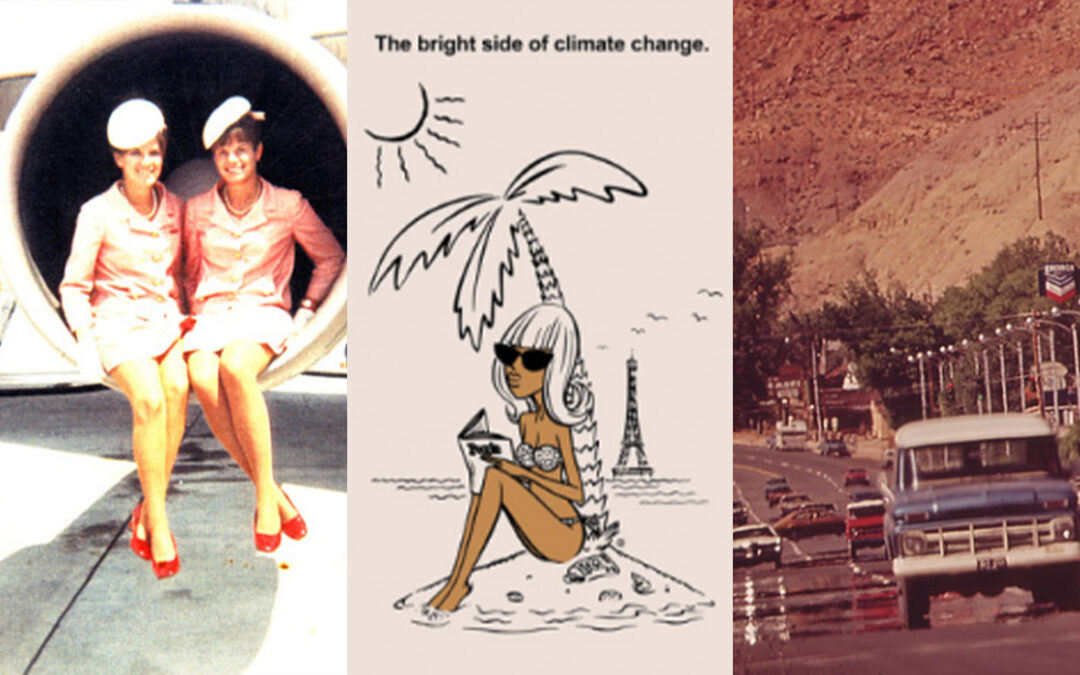
by Jennifer O'Connell | Oct 16, 2019 | Auto Accident, Colorado, Kentucky, Tennessee
Climate Change: A Total Hottie
Let’s assume for a moment that the hoax of climate change is real. Now that we’ve gotten over that little speedbump, raise your hand if you’ve slogged through an airport recently, searching for the least crowded bar serving $14 well drinks, all thanks to Mother Nature’s insistence that your flight be delayed or canceled. Many of us know this tale so well that it’s beginning to feel like Groundhogs Day, but without the benefit of having Bill Murray join us in our plight… not that he’d be exempt. In fact, just this year there have been so many delays and cancellations due to weather that finding an estimated number just for DIA puts Google to the test. It makes sense to most of us that two bomb cyclones in a single year may put a damper on some snow-birding south or snowboarding west. But summer can be just as brutal. “Heat wave” has become common vernacular in parts of the country where the term was previously used for body temps and songs on that dusty vinyl rescued from your mom’s attic, not for transportation. What does 1960’s Motown have to do with travel and climate change? Everything. According to a 2017 article in Forbes magazine, Bombardier CRJ’s can only withstand 118 degrees and larger Boeing jets can’t get much past 125 in order to operate properly. Why? Remember in 3rd grade when you were just learning to write those “check yes or no” notes to your crush while your teacher was desperately trying to teach you how to get an egg into a 2-Liter using just a match? Call her and thank her for explaining to the 8-year-old you why the… ahem… more distinguished version of yourself should start exploring alternatives to air travel. Or call the National Weather Service to inquire as to the accuracy of their early-August report showing near-nationwide heatwaves with temperatures inching closer to forced “stay-cations.”
Road Trip!
Think you’ll out-smart nature and finally see Route 66 from start to finish? Au contraire! In July of this year, the National Weather Service warned of heat waves one week and cold fronts with flash flooding and damaging winds the next. So if the buckled roads don’t squelch your determination, the rushing waters of the Plains States just might. Angry at our wrath-bearing planet? Watch that finger-pointing. All that air transportation we’ve been suffering cancellations is really turn-about finally becoming fair play, according to the New York Times. A June article written by Andy Newman cited scientific conclusions such this: One 2,500-mile passenger’s contribution to emissions melts 32 square feet of Arctic summer sea ice. And a 600-mile drive to an Airbnb with a peaceful spa tub might as well be a giant flame-thrower to the Arctic, melting 90 square feet of ice per person. That’s a chunk the size of our beloved Jeep Unlimiteds. Want to get especially gruesome? A scientist from my Alma mater, University of Tennessee – where the rumor of dead bodies under Neyland Stadium and a body farm just across the river is true – estimated that the average American generates three times the global average of carbon dioxide annually, a lethal dosage to the third rock we live atop.
Cruisin’
Alright, then. No road trips, no sky miles. Let’s all just charge the gangway of the closest cruise ship and take “King of the World” selfies with Celine songs in the background and shuffleboard games taking on SEC vs Big Ten-esque rivalries. That should solve both our transportation and climate problems with one shuffle of the board… is that what it’s called? Except… according to the International Council on Clean Transportation, the most efficient ships sailing the seven seas emit 3 to 4 times more carbon dioxide than those pesky jets. And if you’re still set on shopping at the dockside markets of Jamaica, keep your face mask handy while on board. Particulate counts on cruise ships are comparable to – or worse than – the air quality in Beijing. Alas, how can we safely see the planet and save it at the same time? It seems the experts agree: prioritize, protest, and offset. Prioritize your travel, opting for the less-emitting road trip over the flight, the flight over the cruise. And before kicking those tires and lighting those fires, toss some cash towards offsetting sites to make up for your contribution to polar bear homelessness. Throw your money into methane emanations instead of into the pockets of the worst offenders. It’s the eco-version of “Be kind. Rewind.”
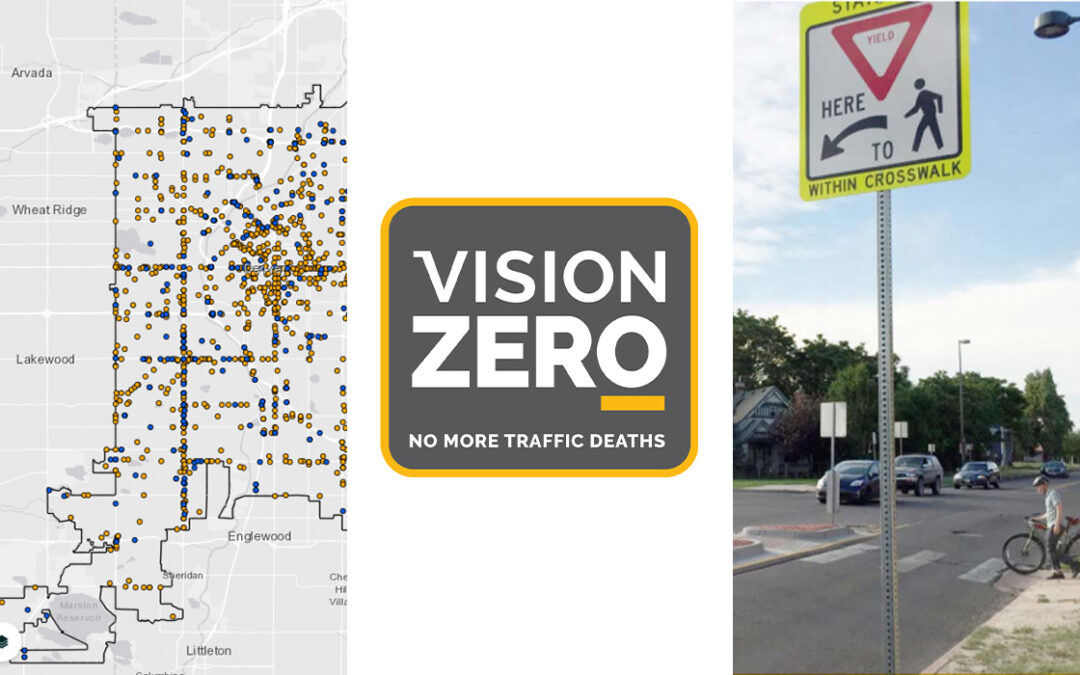
by Jennifer O'Connell | Oct 15, 2019 | Auto Accident, Bicycle Accident, Brain Injury, Colorado, DUI, Motorcycle Accident, Pedestrian Accident, Personal Injury, Trucking Accident
Current State of Denver Roads
If you haven’t seen the signs or the persistent social media posts about Vision Zero, then you have definitely seen changing road shapes around the Denver Metro area. Extra bike lanes are going in, barriers between motor and bike lanes are building up, speed barriers are popping up, and speed limits are dropping. This is all part of Denver Public Work’s efforts to stamp out traffic collisions and deaths, bringing the later to “Zero.” According to the City and County of Denver, an auto collision has a 40% Chance of causing serious or fatal injury at 30 mph. That stat, however, skyrockets to 73% just by increasing the speed to 40 mph. In the Denver city limits, as of October 12, 63 people have died in collisions, and since 2016, 41% of those were due to speed. Fatalities have continued to increase every single year for the last nine years. Of the 63 fatalities so far this year, 2 were cyclists, 17 were pedestrians, 15 were motorcyclists, and 29 were vehicle occupants.
Denver Vision Zero has set a county-wide goal to have zero traffic deaths by 2030. Rather, though, than simply announce a lofty goal and simply flash stats on overhead announcement boards on the highways, the City and County of Denver have enacted an Action Plan to take proactive steps towards the goal. The first step involved analysis. Vision Zero members analyzed not only fatal collisions themselves looking for causes, but they also constructed a map of the areas within the county lines at which there were serious or fatal collisions over the last six years. You can find this map below or interact by clicking here. You can clearly note roads like Federal, Colfax, and 6th Avenue lighting up like a light-bright as hotbeds for major collisions. In fact, an ancillary map highlighting just the routes labeled High Injury Network zones (HIM), shows that while these roads account for only 5% of Denver streets, the account for 37% of fatal collisions and 40% of serious injuries. And county-wide, motor-vehicle collisions account for twice the number of deaths than homicide. In fact, traffic collisions are the #2 leading cause of hospitalizations in Denver County.
It is also interesting to note that Vision Zero identified that most collisions in these HIN routes are crashes happening near schools and in neighborhoods primarily comprised of lower income, disabled, and elderly citizens. In these areas, speed, aggressive driving, distracted driving, and impaired driving were the top causes of serious and fatal collisions.
What are the next steps in the Action Plan?
The five priorities within the action plan, laid out for the public here, are:
- Enhance City Processes and Collaboration
- Build Safe Streets for Everyone
- Create Safe Speeds
- Promote a Culture of Safety
- Improve Data and Be Transparent
How does this translate into increased safety and less traffic collisions?
To the city and county government, enhancing city processes and collaboration includes adding departments within local governments focused primarily on traffic safety, including studies, economic appropriation, and governmental reaction to tragedies. And the “building safe streets for everyone” phase is already visible in many neighborhoods. Vision Zero has already begun re-configuring streets and intersections to reduce speed, enhance bicycle and pedestrian detection, and improving light and visibility at crossings. A part of phase two is also significant enough to the effort for Vision Zero to make a separately delineated phase. Creating safer speeds city-wide has begun in several parts, with greater speed enforcement, lower speed limits in neighborhoods and school zones, and street design changes to create safer cycling and walking lanes and force lower speeds for vehicles though the use of barriers and speed bumps.
The next phase seems tricky, and it is the opinion of Queener Law that the city has failed already in some aspects of the promotion of a culture of safety. When e-bikes and scooters hit the streets of Denver, the city was behind the eight-ball with education and regulation. Since then, the city has tripped over itself, releasing multiple complicated ordinances for how these multi-modal measures should interact with other established traffic, and education of the community has failed in spade. Traffic collisions involving scooters and bikes have continued to rise. Vision Zero intends to correct those mistakes, and make better efforts to educate and make available alternate modes of travel outside of driving. It is the opinion of the Vision Zero team that multi-modal methods will not only reduce traffic, but they should also reduce traffic deaths, aggressive and impaired drivers from occupying the road, and give a broad range of safe methods of transportation to the HIN zones.
Finally, Vision Zero does not intend to rest on the current data and act accordingly. They are making a promise to the community to continue the analysis and make honest reports to the public of the successes, failures, or stagnation of their efforts. Many more details of the Action Plan are available here. And Queener Law occupies a position on the Mobility Council for the Downtown Denver Partnership, an organization that tasks itself with advising local leaders of what our community members are thinking and feeling about the government’s actions with regards to safety. Take a look at what the local government has planned for your neighborhood, and let us know your thoughts. Queener Law will take them back to the Partnership and push for the government to be advised. We will ensure the government hears us, and therefore hears you, about our collective safety. Traffic collisions are not an inevitability. How do you think we can prevent them?
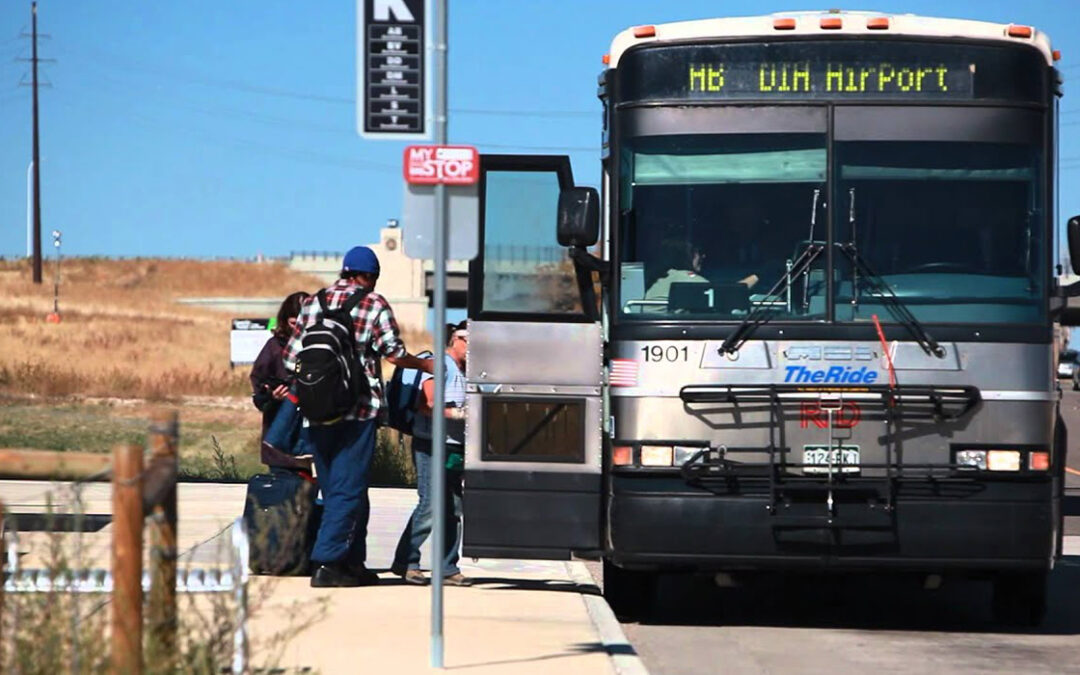
by Jennifer O'Connell | Sep 11, 2019 | Bus Accident, Colorado
Late for Work? Blame the Bus.
In a time when the Mayor’s office, City Council, and the member-organizations of the Downtown Denver Partnership are working to increase ridership for public transport, RTD is announcing a driver shortage for both light rail and busses that is causing major delays for Denverites. RTD’s assistant general manager of communications, Pauletta Tonilas, told The Denver Channel’s Russell Haythorn that the shortage is due to low unemployment and a competitive job market, as well as failure of applicants to pass drug tests and background checks. And with a deficit of 80 bus drivers and 50 train operators, the problem has reached critical status. According to Tonilas, RTD has reached the point of daily disruptions, including canceled and delayed routes. Tonilas also admitted to receiving a plethora of emails from riders complaining of missed work due to the disruptions. Haythorn interviewed several RTD customers who rely on the bus and light rail systems for their daily commute. The riders noted instances of doors being closed on riders attempting to board, as the strain of added stops to the already over-worked drivers causes them to spend less time at each. Others noted buses and light rails leaving ahead of schedule for the same reason. One rider drew attention to the problem of routes cancelled altogether with little to no notice, meaning a lack of opportunity to make arrangements for alternate transportation.
Rest assured, if you – like many of us – rely on the rail or bus system to get to work, RTD is more than aware of your plight. They are actively working to find qualified drivers and operators to fill the void and get things back on track. It’s vital to our sanity to avoid traffic, to our family time to get to work and home as quickly as possible, and to our job security to arrive on time every single day. It is also vital to our safety that drivers and operators are not overworked, working too long hours to make up for deficits, and are fresh and focused on their jobs. We know from the medical and airline industries that long hours and heavy workloads can lead to mistakes. And when those mistakes are made by the operator of a multi-ton vehicle at speeds of 45 mph or more, the results can be catastrophic. Help RTD better address your concerns by contacting them with your issues and ideas. And allow us to help you or your loved one should the worst happen and an injury occur. Commutes are important, but safety should always be the number one concern.

by Jennifer O'Connell | Aug 26, 2019 | Colorado
The Launch of Flying Cars
Sure, Colorado’s hovercraft test center crashed on the financial runway before the first flight. But that doesn’t mean the Jetsons life of our dreams – since Saturday morning cartoons didn’t involve kids of our own – will never happen in our era! And we, however begrudgingly, now have Uber to thank for it. With baby steps using the regular helicopters of old, Uber Copter begins service in New York City on July 9. This exclusive taxi service cuts the hour-plus commute from NYC to JFK down to a mere eight minutes, thirty max, and does so at a rate of $200-250 per person. If you’ve ever rushed from the city to the airport in a taxi, you know that’s not far off the mark. If you’re a high-falutin Uber Black patron, you’re already paying $200 as it is.
Flying in Dallas next, these copter services will be booked through the app just like a trip to the bar. You’ll get an email with the boarding pass, a chauffeured escort to the local launch pad, and you and your four closest jet-set pals are off to the races. Just travel light, because anything larger than a carry-on will cost extra. But wait! There’s more! Before Uber Copter was a mere twinkle in its mother’s eye, the birthers of rideshare had already begun the gestation period for Uber Elevate and Uber Air. Finally, our flying cars have arrived. The idea is a full scale drone-like vehicle with vertical take-off and landing capabilities and a plush, luxurious interior. These pups will hop from “skyport to skyport,” according to the company’s website, and take a two-hour trip from San Fran to San Jose in 15 minutes.
The skyports, Uber boasts, were the brain children of “the top names in architecture, design, and engineering,” and they had better be since they are multi-acre concepts that must somehow fit in the densest sectors of the country. The key is convenience: The launchpad locations can’t require an additional 30-minute ride for boarding alone. With the goal of these ports-of-app having capacity for up to 1,000 landings daily, you’d need the best minds in the biz and a health body of local lobbyists before breaking ground. You may ask may be asking yourself – as the space nerd inside me did – who would trust such a venture if the folks who put men on the moon weren’t also on board. Not to worry, Uber has your back.
They actually recruited a former NASA engineer to develop the technology based on his 32 years catapulting things into space. The literal rocket scientist and his team even took into account things like design simplicity and noise footprint, which is vital for those local government stick-in-the-muds they will assuredly meet in the city-council prize fight ring. And for those tree-hugging hippies who believe the hoax of climate change is a real thing, scientists and engineers from Silicon Valley, MIT, Brazil, and even Slovenia have been a part of developing as much of an electric-based, gas-free program as their techie brains can dream. So when do we get our first non-virtual-reality experience of full on Jetson life? Pretty darn soon! Demo flights are projected for next year! And the full rollout is set to begin in 2023 in L.A. and Dallas-Fort Worth. I don’t know about you, but an 8-minute hop to DIA, or a hover-flight over the I-25 gridlock at any hour, sounds amazing! Sign us all up… after our first lottery win, right?
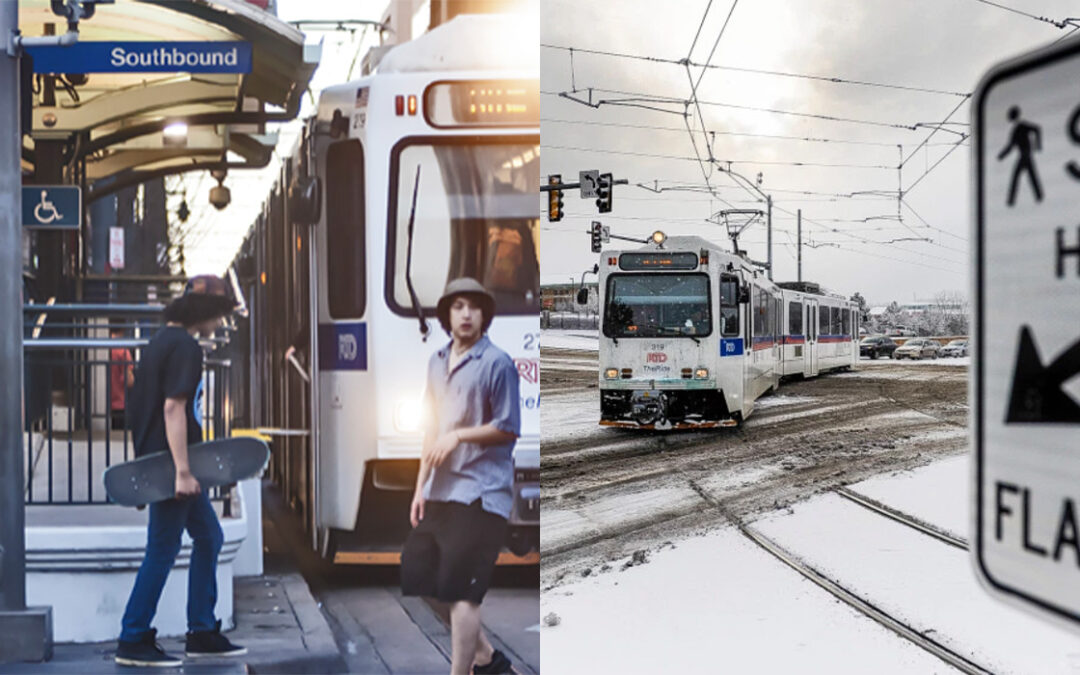
by Jennifer O'Connell | Jul 3, 2019 | Brain Injury, CO Truck, Colorado, Train Accident
When an Employee is Negligent, the Employer Pays
On January 28, 2019, at Exposition Avenue and Sable Boulevard in Aurora, an RTD train skidded off the tracks. Several were injured and one woman lost a large portion of her leg. While there was snow and ice on the rails, as well as across the entire Metro area, RTD was prepared for that. They have safety protocol in place, as well as top of the line engineering to avoid derailments due to weather. So what happened? According to RTD, speed was the “primary factor” in causing the catastrophic slide. RTD told the Denver Post in February that the appropriate speed for an operator to maintain on sharp curves like this location is 10 mph. This particular train was going three times that fast when it entered the curve. RTD took action and fired the driver of the involved train. Enough said, right?
In Colorado, employers are responsible for the actions of their employees when the employees are acting within the scope of their employment. Employers are responsible for paying for the damages caused by the negligent employee. This is true in nearly every state in the country. The idea behind this law is to prevent businesses from hiring under-qualified employees for important and technical jobs. It’s to keep them from tossing workers out into the world, reaping the benefits, and escaping responsibility when all goes wrong. Businesses are not fans of this law, of course. They have lobbied since the beginning of time to avoid responsibility and have managed to chip away at this law in Colorado. The goal: Escaping personal responsibility for the actions that put an unqualified employee behind the wheel of a truck or in the driver’s seat of a train.
In 2017, the Colorado Supreme Court ruled in In re Ferrer to minimize a business’s liability for negligent hiring, training, and supervising. The ruling essentially makes an injured party choose whether to sue the company for the damages they caused or to sue them for what led to the damages. Suing the company for both, as Colorado law has proceeded for eons, allowed victims to dig into the inner workings of the company to see just how serious they were taking the hiring processes, just how much importance was placed on employee training, and how seriously these businesses took their role as supervisor of their employees. It also allowed for much broader avenues for a jury to punish a company who sat back and watched negligence occur.
Under the new regime, firms like Queener Law are fighting back, hoping to fill back in the holes Ferrer left in victim compensation and corporate punishment. With the right set of facts and technical know-how, some of these roadblocks can be overcome. But for now, what is important to know as a member of the Colorado community is that you have rights to protect yourself against corporate negligence. When you or a family member are injured by a negligent driver, truck driver, train operator, property manager, and so on, the company for whom that employee was working is still responsible. But folks, DO NOT TRY THIS AT HOME. These corporations are chock full of attorneys who spend day in and day out protecting their business’s money. If they are able to sway the Supreme Court into protecting their bank accounts, they can easily do the same in your case.
Call or email Queener Law for advice before proceeding on your own against a negligent business. We have gone toe to toe with corporate attorneys in several states across the country and are currently battling many here at home. We are happy to jump on board and do the fighting for you while you and your family heal from the ordeal their negligence caused.
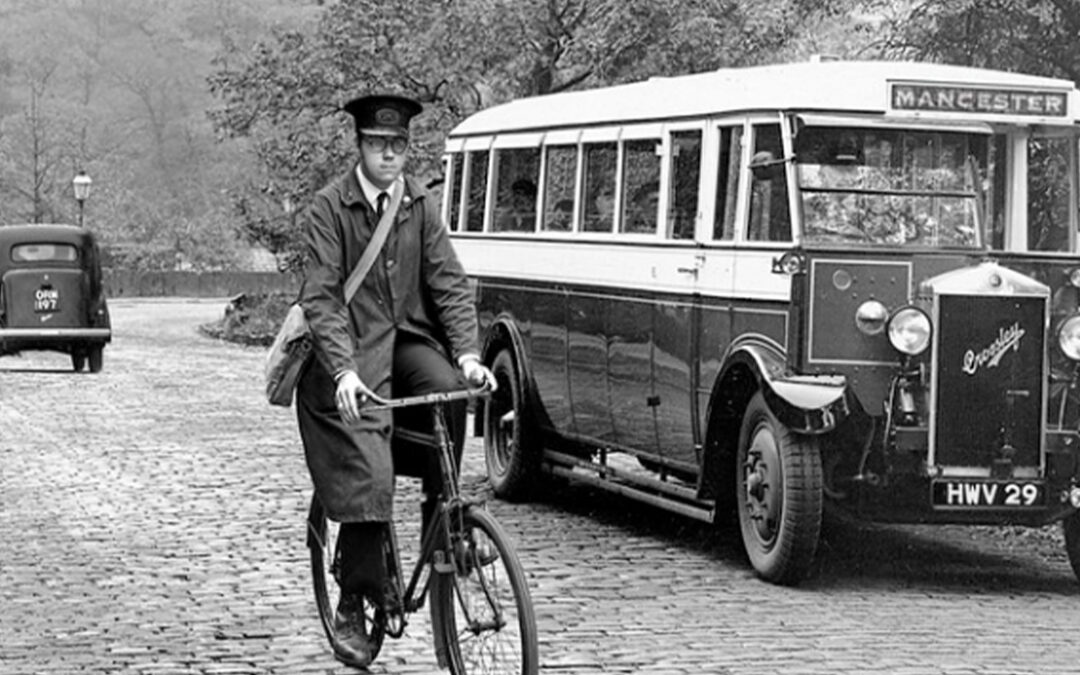
by Jennifer O'Connell | Jun 25, 2019 | Colorado
Deliveries from the Past
Harken back to the days when the milk man used to cycle to and fro, carting an icebox on his bike with glasses of cold milk jingling inside. True, some of us will instead have to harken back to the days that the more… distinguished… members of our family recalled these tales for us with fondness and nostalgia. But there is a very real possibility such a thing may resurrect from when the world was in black and white to become an Ultra HD/4K, real-life experience.
Juggernaut Cargo Bikes is pitching their innovation of yesteryears to cities like Denver, suggestive of a step back into the past as a means of protecting our future. According to the EPA, for every person who drives 11,500 miles annually, 4.6 million tons of carbon dioxide are emitted. Jeff Mauck of Juggernaut, in a recent meeting with the Downtown Denver Partnership, professed that idling cars produce 20% more pollutants than cars traveling at 30 mph.
So what does all this have to do with the milk man? Think delivery vehicles. Larger than your average bear, and a lot meaner to our Earth to boot. Juggernaut’s solution: cargo bikes. Like days of ole, these earth-friendly, zero gas-emitting re-inventions can deliver up to 300 pounds of goods around town. They breeze through in the bike lane instead of jamming up traffic or – an old favorite – parking in the travel lane in the middle of downtown, using their flashers as a half-hearted apology. These aren’t your grandpa’s cargo bikes, though. These babies boast 24” front tires with suspension, have double frames and three wheels for stability, and may soon add eco-friendly electric assist, deployable front kickstands to protect cargo, detachable dollies for delivery, and a tighter turn radius for the eventuality of hanging a sharp right. Essentially, they’ve taken the milk man and geared him up for NASCAR’s Sonoma Raceway with the added twist of package delivery.
Best part: Although similar tech is already in use in six countries outside of the States, these 1930’s inspired technological dreams are built in our backyard – Boulder, Colorado. In fact, for the hometown heroes at Juggernaut, the target areas for their first big run at the cargo game are Aspen, Snowmass, Lowry, Stapleton, and of course, Downtown Denver. There is even a job-creation plan tightly wound into these gems. The idea is that UPS and FedEx buy in, drive a truck to a central location in a neighborhood, shut off the nasty engine that will kill us all, and out pops the cargo-delivery persons, ready and raring to peddle. This will mean a few delivery personnel per truck instead of the usual one or two, thus creating jobs in the delivery sector. Just think of the possibilities if the Amazon Nows and the Door Dashes of the world hop on board. So you see, as we charge forward into the future, the age-old questions surrounding why your features favor less those of your father and more your friendly neighborhood milk man will thrive once again!






